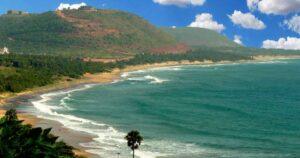India is a vast country where you could roam endlessly and still find yourself on unexplored territory, more often than not.
Goa, Ladakh and Kashmir may be incredible in their own ways; but, there’s something extraordinary about going to a spectacular location that only a handful ever venture to.

1. Sea Cave, Loliem Beach (Goa)
Just 15-20 kms away from the famous Palolem and Agonda beaches, Loliem Beach remains one of the lesser explored options by the tourists.
Cupan, a wave-cut cave on the sea shore is probably the only one of its kind in, and around, Goa.
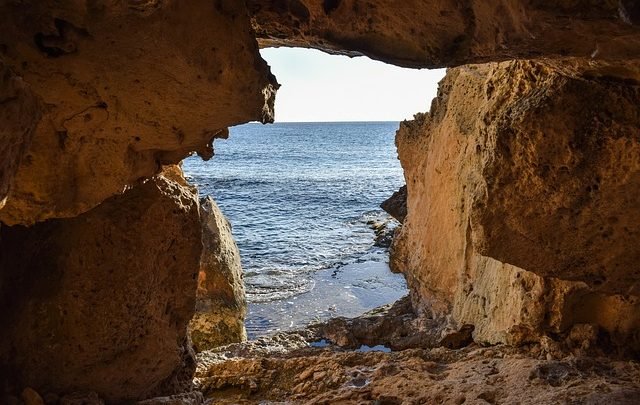
Getting there: You can take a train to the Madgaon Railway Station which is around 34 km from Loliem, or even drive your way from the Agonda beach in Goa.
Best time to visit: Mid-November to mid- February.
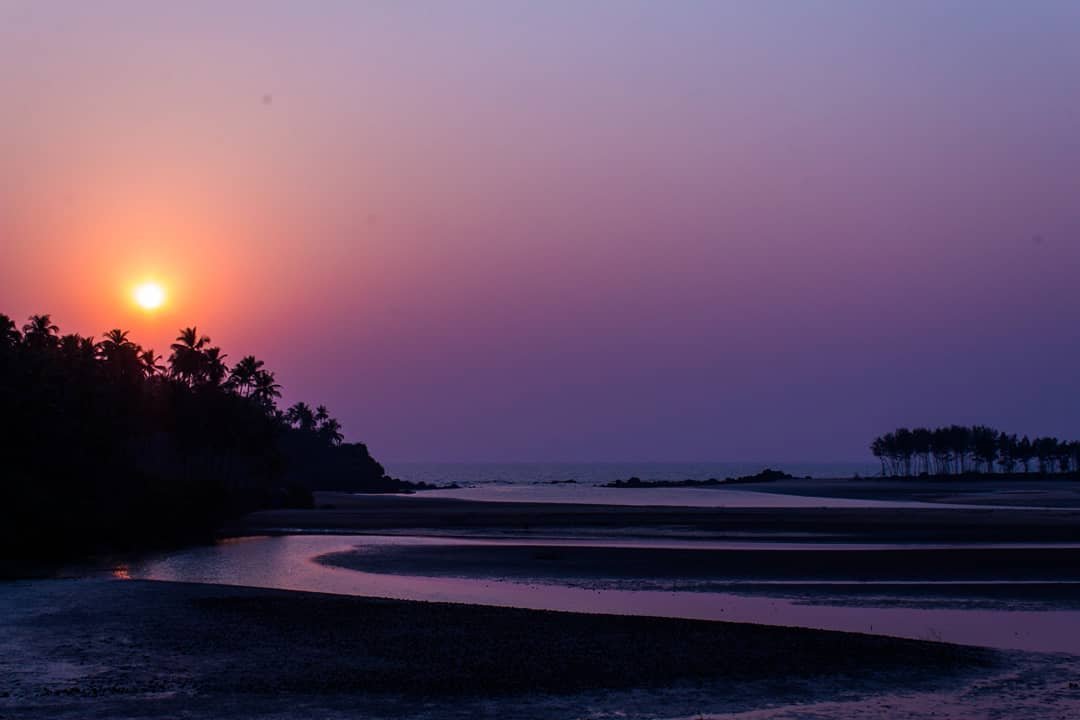
2. Nighoj Potholes, Ahmednagar (Maharashtra)
Nighoj is about two hours away from Pune, on the Pune-Ahmednagar road. Nothing is visible from far, but as soon as you go near, a new world opens up in front of you.
This place has some of the most beautifully shaped, and largest natural potholes in Asia. Carved out by the Kukdi River over hundreds of years in the Basalt rock in the riverbed, they are spread over 2-3 kms at varying depths.
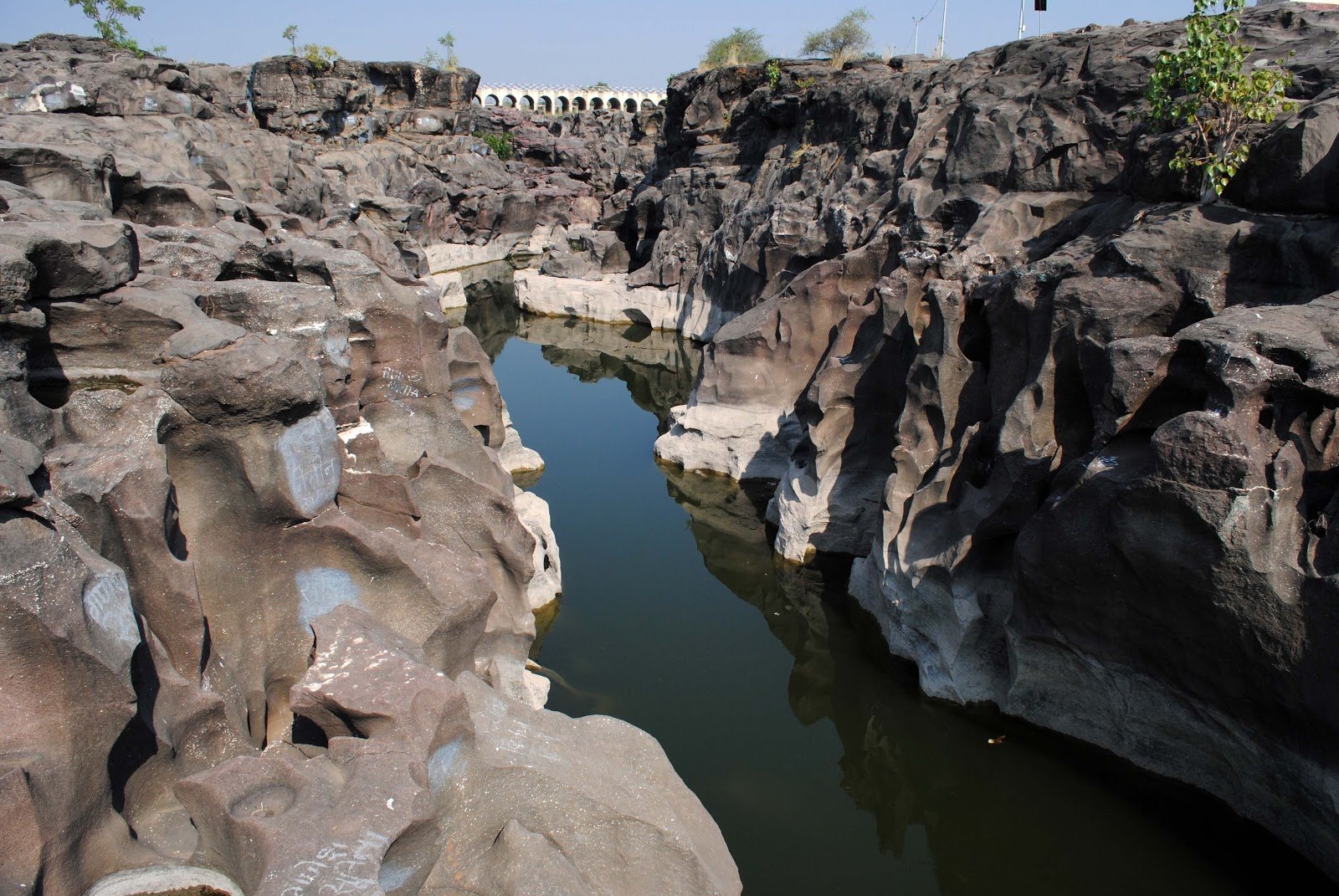
Getting there: The best way to reach here is by road via Pune (90 km) or Mumbai (245 km).
Best time to visit: During summers from April to May.
3. Krem Puri Caves, Mawsynram (Meghalaya)
It’s not been long since the world’s longest sandstone cave was discovered in Meghalaya. It is a vast network of sandstone caves replete with fossils that will take your breath away.
Krem Puri Cave is an incredibly complex maze of hundreds of short passages and long stretches of corridors that are interconnected in a big network.
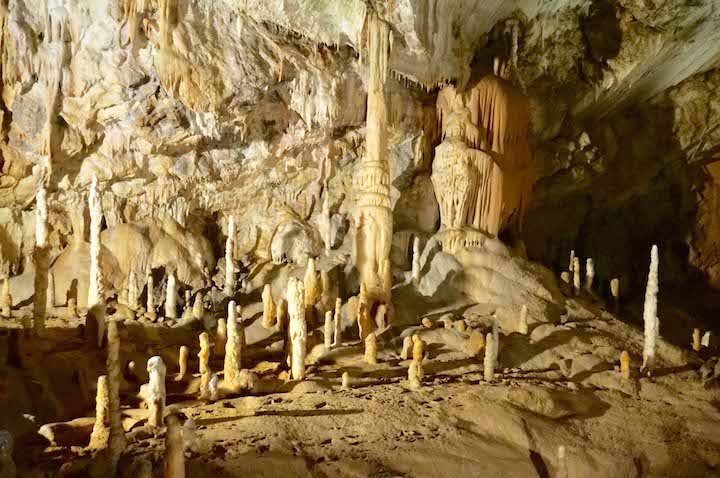
Getting there: Shillong and Guwahati are the nearest railway stations. You can then take a cab from there.
Best time to visit: September to May
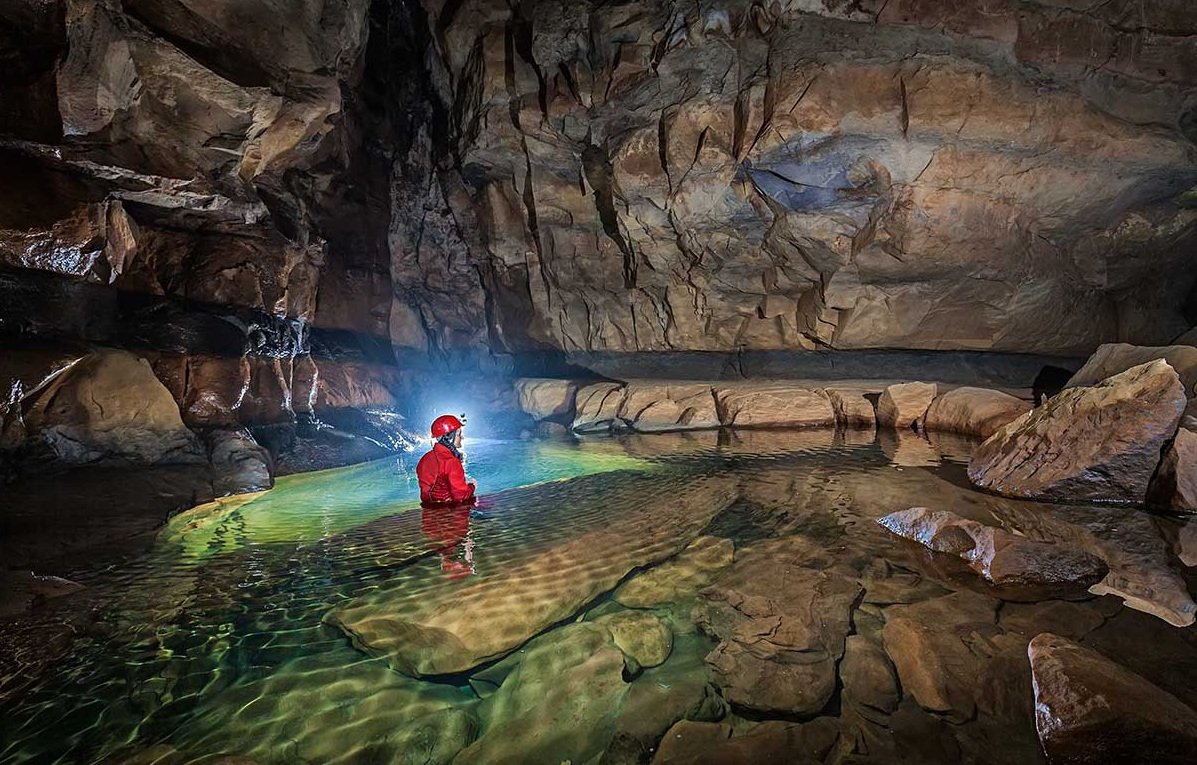
4. Garadia Mahadev Temple, Kota (Rajasthan)
This temple is around 28 kms away from the main city of Kota and falls under the region of Mukundra Hills Tiger Reserve.
Also known as the Grand Canyon of India, the grandness and calmness of the place cannot be described in words. It provides one of the most mesmerizing views of the Chambal River and its gorges.
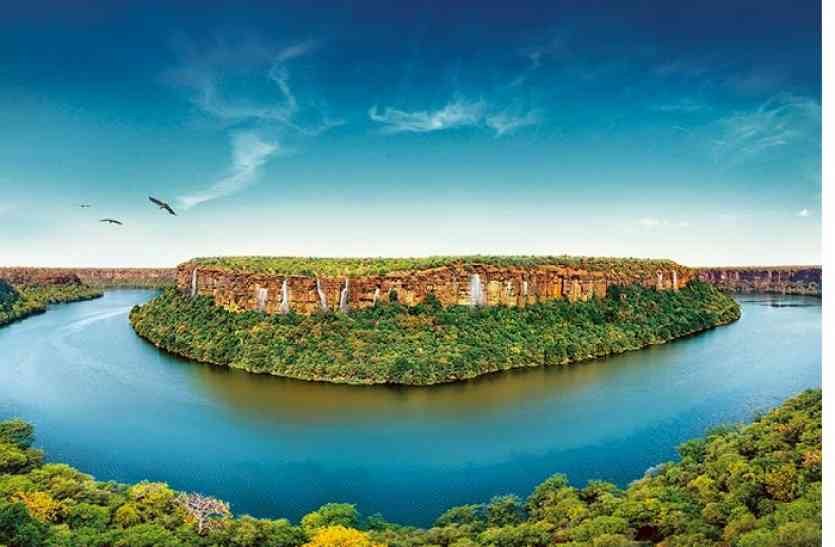
Getting there: You need to reach the Kota Railway Station from where you can easily get cabs to the temple.
Best time to visit: September to January.
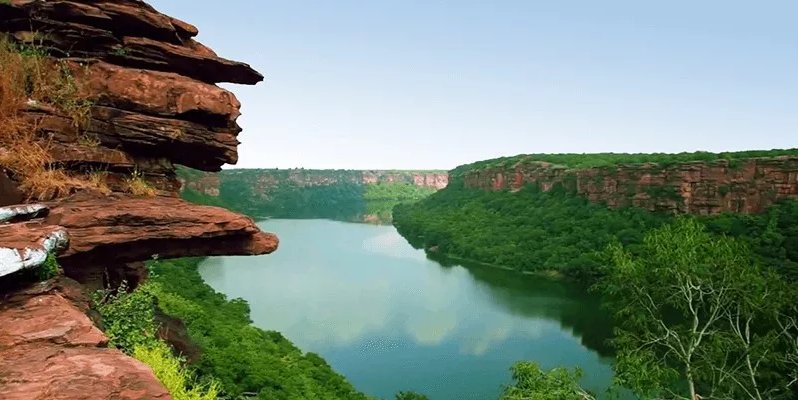
5. Dzuleke (Nagaland)
Just 40 kms away from Kohima, Dzuleke village is 100% organic and thrives on community based ecotourism.
The place gets its name from the Dzuleke river, which goes underground once it reaches Dzuleke.
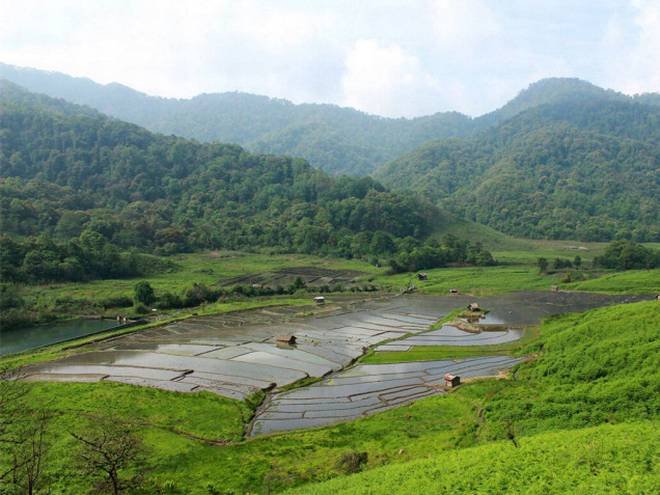
Getting there: This village is well connected to the Dimapur Railway Station. You can get shared or private taxi from here.
Best time to visit: You can visit this place any time of the year, except during monsoon.
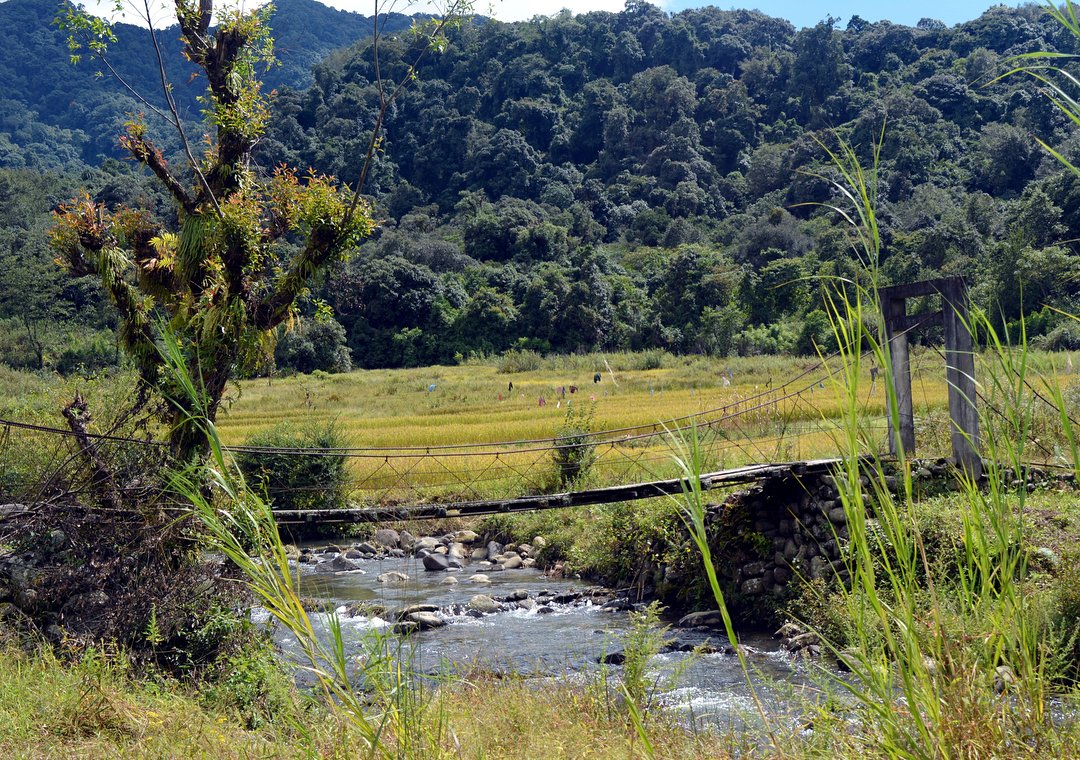
6. Dzongu (Sikkim)
This small Himalayan village is an isolated place beautified by small streams, long stretches of hills, waterfalls, and lush green forests.
Dzongu is a triangular region bounded by the Teesta River in the south-east, Tholung Chu River in the north-east and mighty mountains in the west.
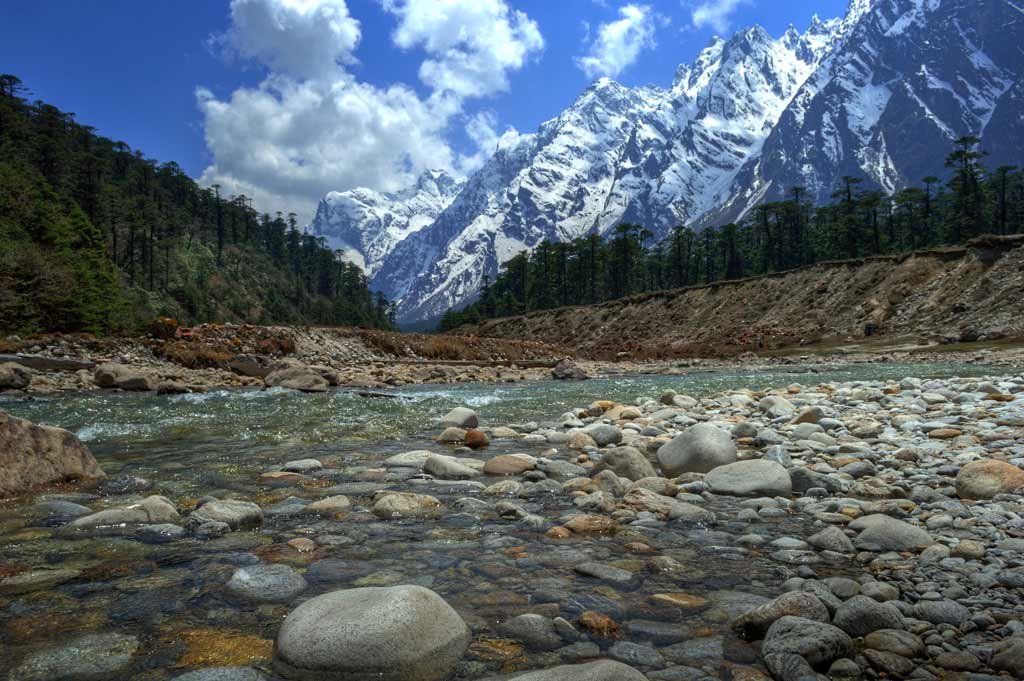
Getting there: You can go on trek to the Dzongu valley, or else take a cab from Gangtok.
Best time to visit: Late spring and summer time (March-end, April and May)
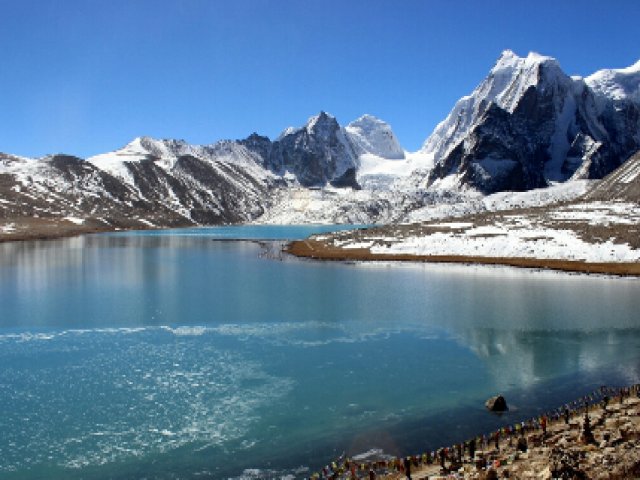
7. Nubra Valley, Leh (J&K)
The Shyok River meets the Nubra or Siachan River to form the beautiful Nubra valley separating the Ladakh and Karakoram mountain ranges.
The breathtaking views of sand dunes with the contrasting snow-capped mountains makes this place unique.
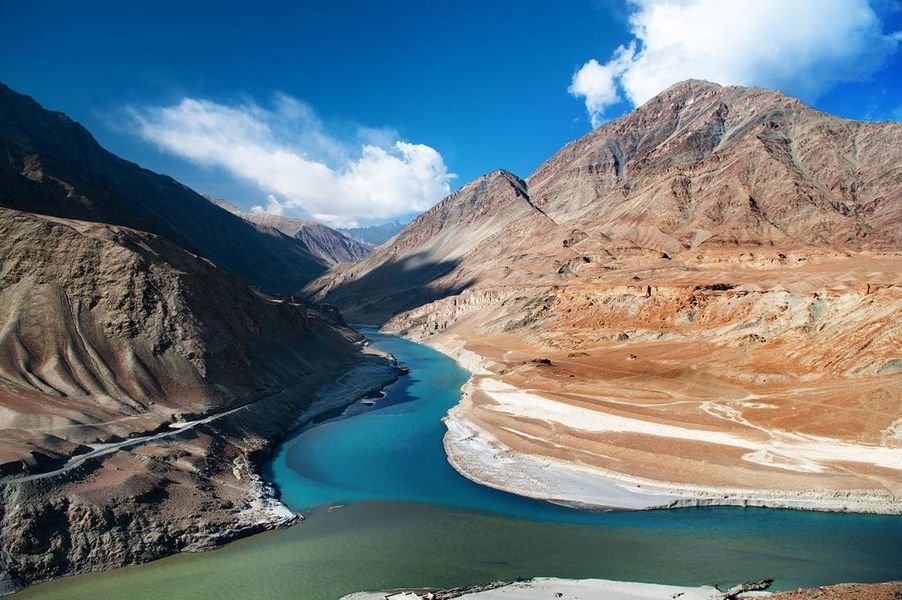
Getting : Closest airport is Kushok Bakula Rinpoche airport at Leh at a distance of approximately 120 km. You can also reach Leh by train. You can hire a jeep or board a bus in order to reach Nubra valley.
Best time to visit: April to June and September to October are the two best times of the year to visit Nubra Valley.
8. Bhimbetka Caves (Madhya Pradesh)
The Bhimbekta caves were discovered quite recently in 1957 and were declared a UNESCO World Heritage Site only in 2003.
Viewed from a distance, these rock formations resemble a small fortress, rising nearly 100 metres above the surrounding area.
There are over 700 rock shelters in the region. These caves are the earliest evidence of human life on the Indian subcontinent.
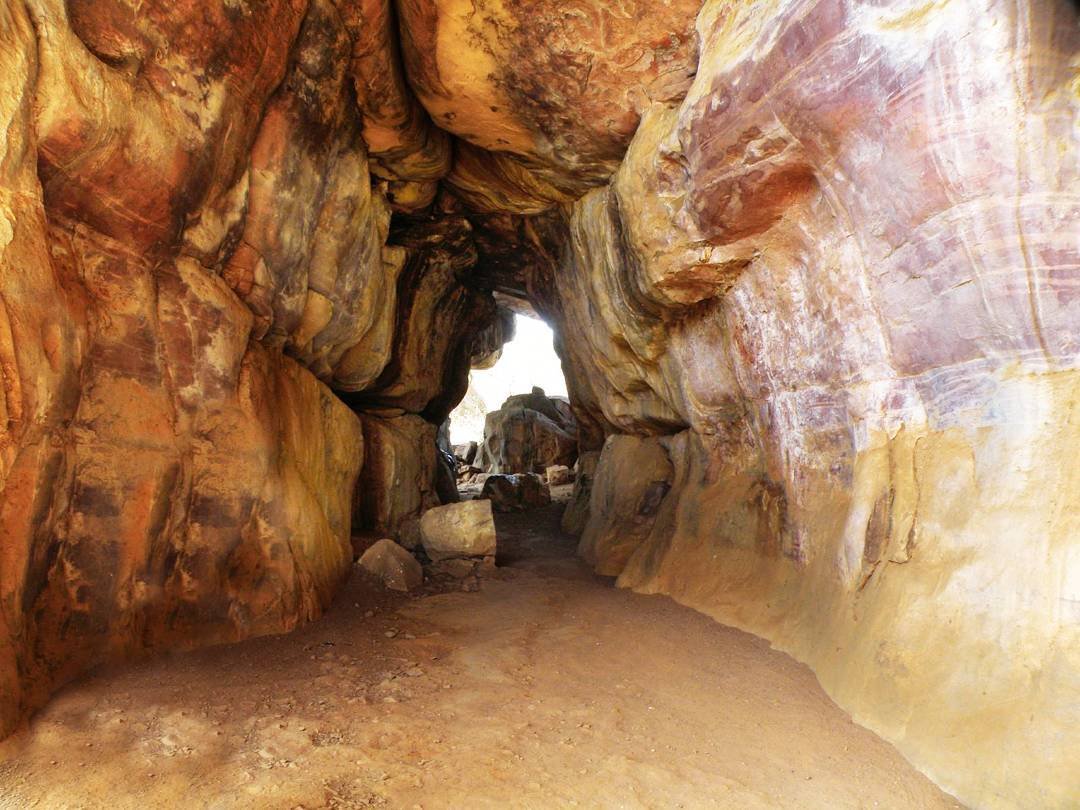
Getting there: Bhopal is around 45 km from these caves. You can easily get a taxi from the Bhopal airport and railway station.
Best time to visit: Winter season is the ideal time to visit from October to February. Though you can also visit this place in monsoons.
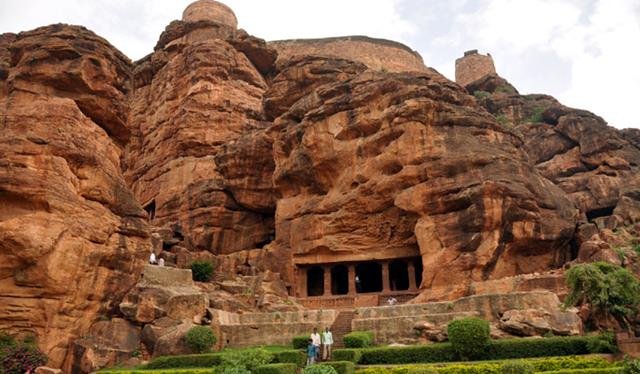
9. Maravanthe, Udupi (Karnataka)
What’s so special about this road?
While travelling to Karwar from Udupi, on NH-66 (erstwhile NH-17), you have the roaring Arabian sea racing alongside you on one side, and the calm Souparnika River on the other.
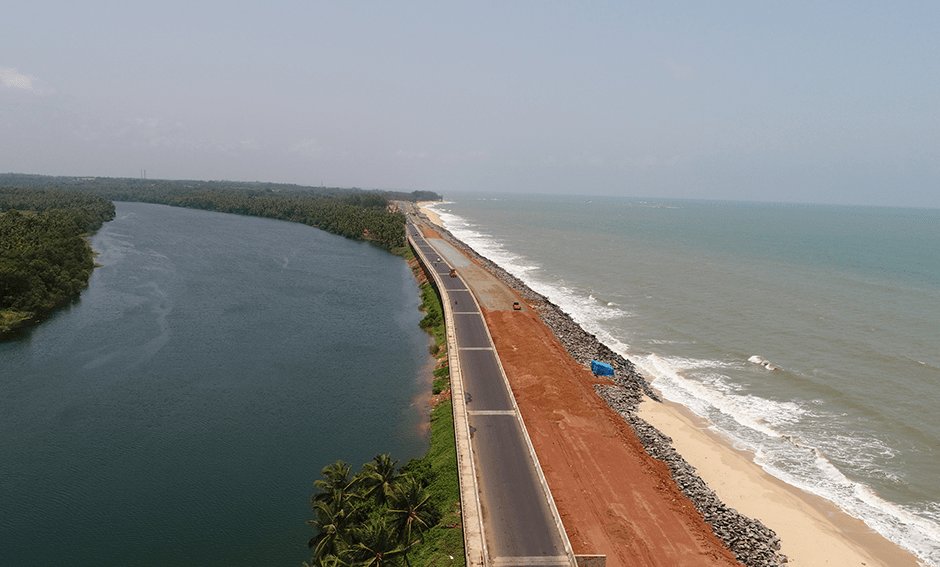
Getting there: Mangalore is the nearest railway station from where you need to take a cab to enjoy the surreal views.
Best time to visit: Each and every person visiting the Maravanthe beach must witness the sunset. The best time to visit Maravanthe Beach is between September and March.
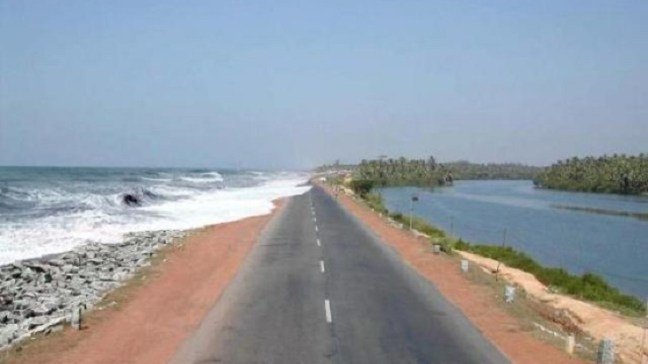
10. Chembra Lake, Wayanad (Kerala)
Trekking through the Wayanad range up to the Chembra peak offers one of the most picturesque sights.
There’s a heart-shaped lake located on the last stretch leading up to the peak. The mystifying lake is believed to never have been dry.
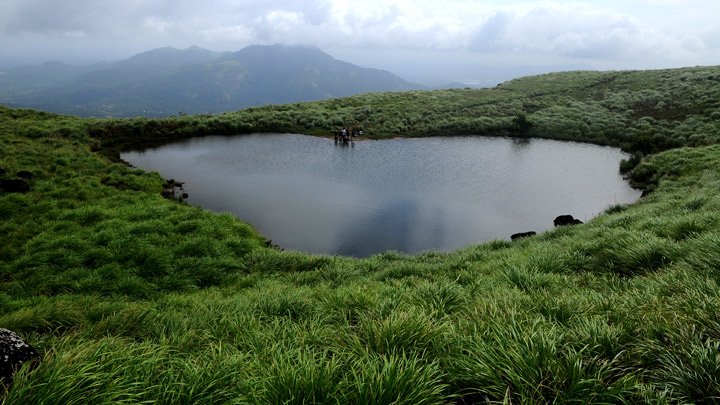
Getting there: The best way to explore this lake is to go on a trek to the Chembra peak. You can take public transport till Meppadi, the starting point for the trek up to the Chembra Lake.
Best time to visit: Between September and March, just when the monsoon ends.
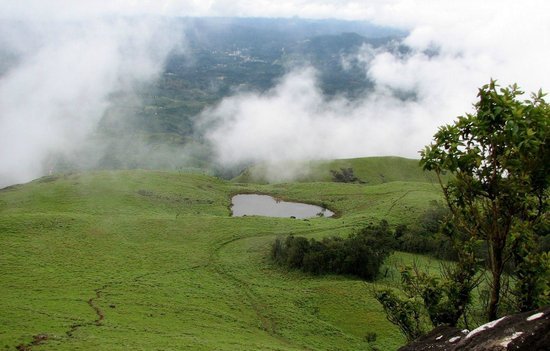
11. Chalakudy, Thrissur (Kerala)
Still untouched by commercialization, the beauty of this small sleepy town is a treat to the eyes.
Chalakudy is situated on the banks of the Chalakudy River and is surrounded by a hill station, wildlife sanctuary, Athirapally waterfalls, and the backwaters of Mala and the Azhicode Munakkal beach.
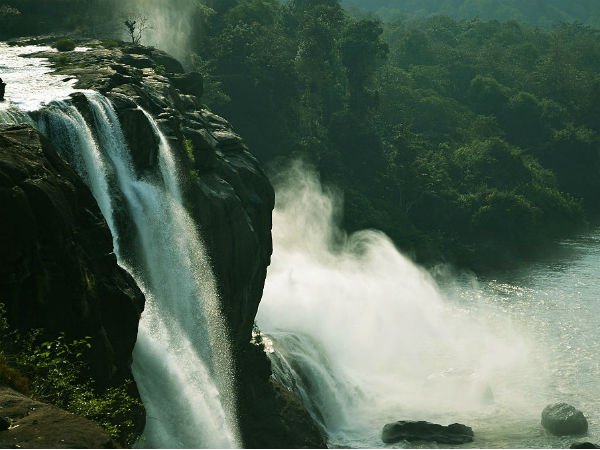
Getting there: You need to reach Ernakulam to catch the train to Chalakudy. You can then take a bus or taxi to Athirapally.
Best time to visit: December to March and also in monsoon season.
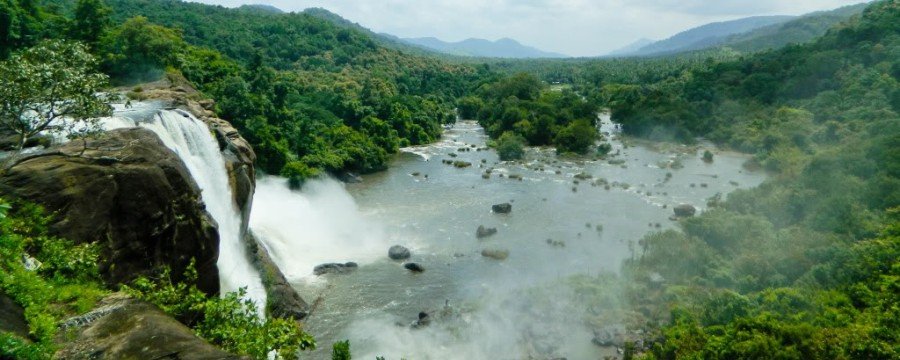
12. Majuli (Assam)
The largest fresh water island in the world, is located in the middle of the mighty Brahmaputra river just 20 kms away from Jorhat in Assam.
Lakhs of migratory birds visit Majuli Island making it a great treat for birdwatchers. Put this place on the top of your travel list because this beautiful island won’t be here forever. It’s slowly eroding away and in 15-20 years it will completely disappear.
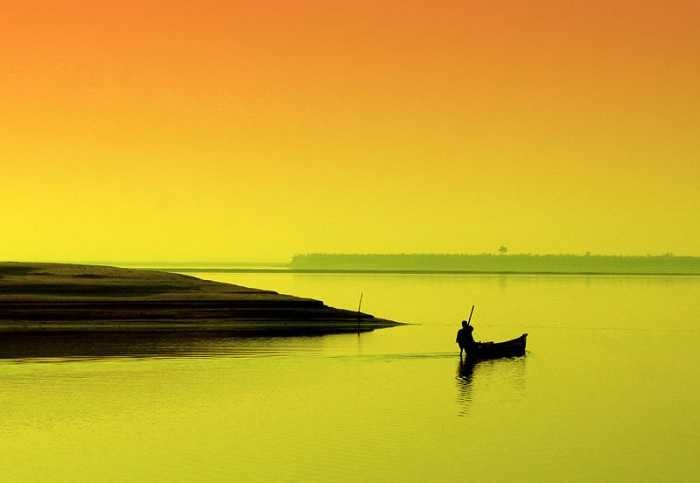
Getting there: To reach Majuli islands you need to reach Neamati Ghat through rickshaws or shared taxis available from Jorhat town. At Neamati Ghat, ferry rides are available which will take you to Majuli.
Best time to visit: October to March is the perfect time to enjoy the weather in this serene environment.
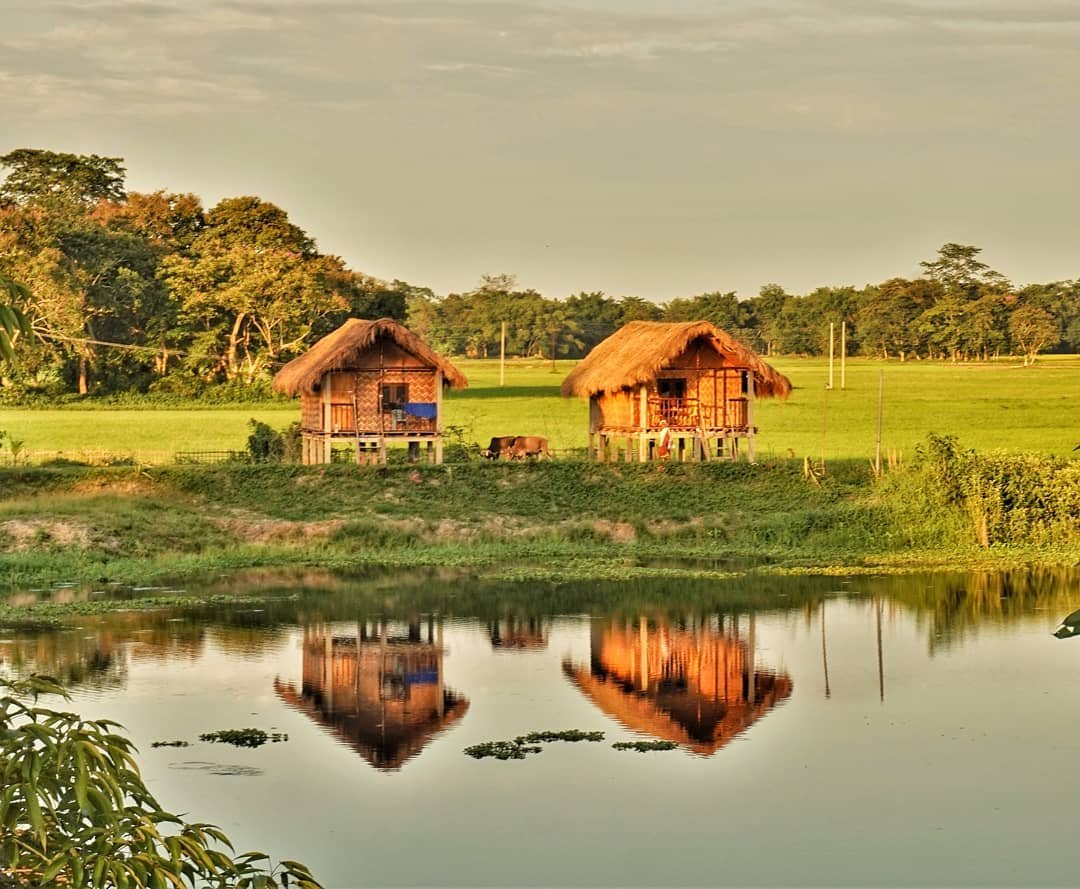
13. Chandipur Beach, Balasore (Odisha)
The beach is about 16 km from Balasore and falls under one of the world’s most unusual beaches.
When you are at the Chandipur beach, you can actually see the sea disappear in front of your eyes, and come back again.
A phenomenon that is rarely seen in any other part of the world, the sea here recedes as far back as 5 kms from the shore line, every day.

Getting there: You need to reach Balasore by train afrom where you can take autos and buses to the beach.
Best time to visit: From September to February.
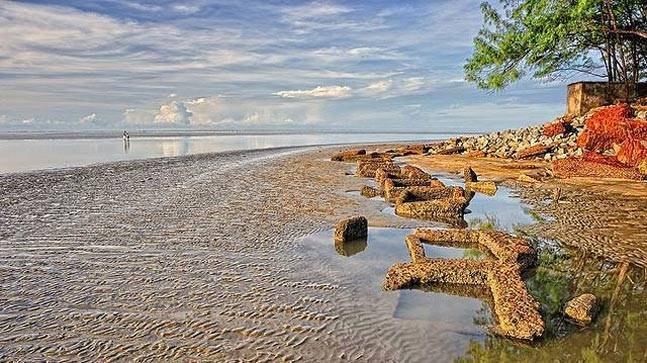
14. Cola Beach, South Goa (Goa)
This beautiful and pristine beach in South Goa remains hidden by the hills, and thus, remains unexplored largely.
The distinctive feature of this beach is the blue lagoon which is formed by the meeting of river and sea. A drive to this hidden location is an unforgettable experience.
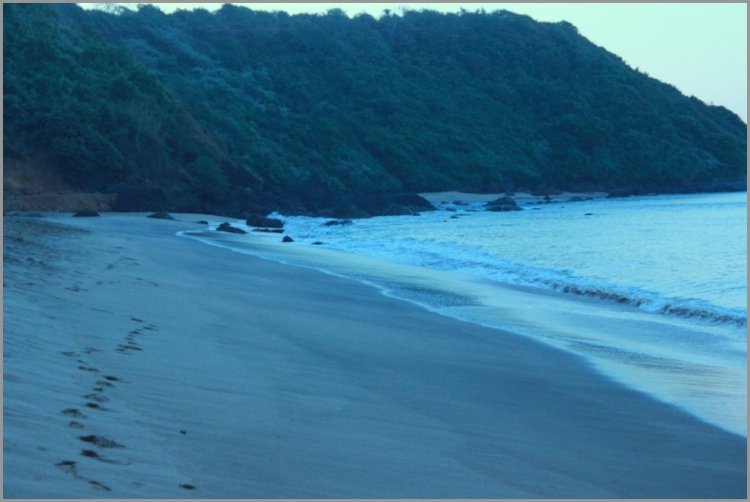
Getting there: There is no public transportation to reach Cola Beach. You can walk through the muddy waters or take a cab from the nearest Palolem or Agonda beaches.
Best time to visit: Mid-November to Mid-February.
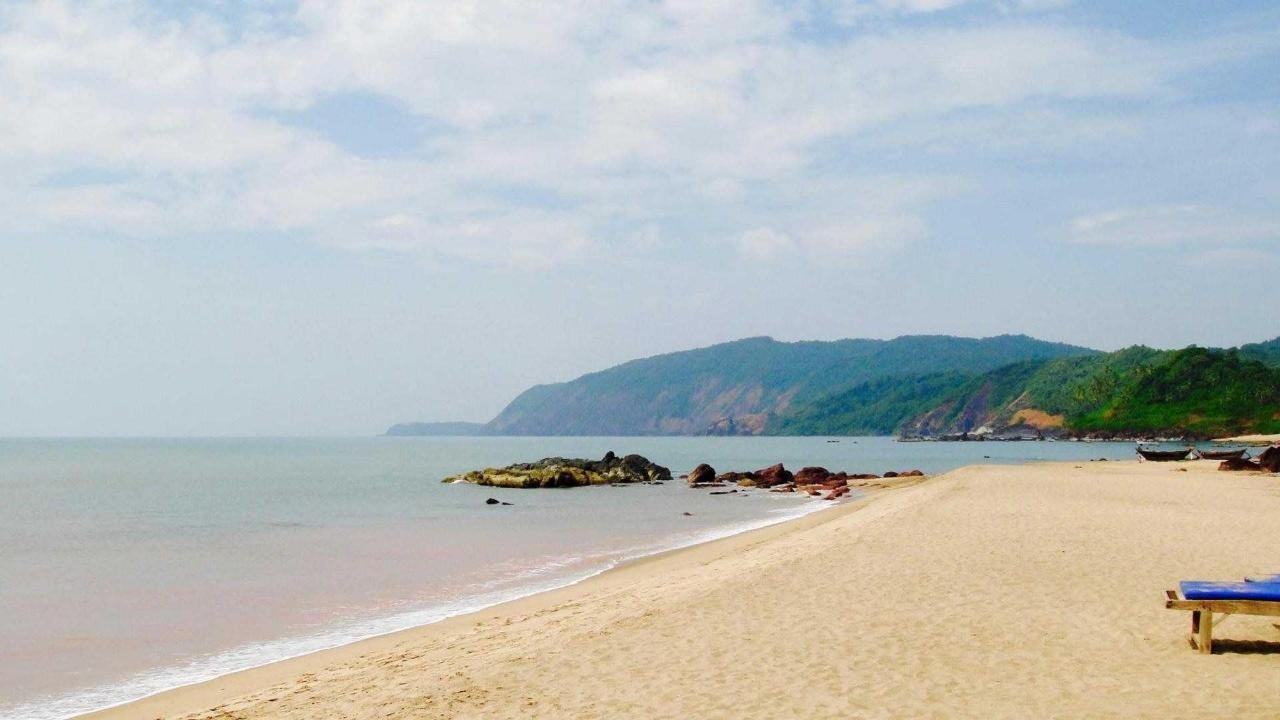
15. Narara Marine National Park, Jamnagar (Gujarat)
Surrounded by oil terminals in the sea, the way leading up to this secret place is all soiled and dirty. But, it opens up into a beauty never seen before.
It is one of the rarest places in the world where one can look at corals without having to dive down into the water. This is the first Marine National Park in India that lies in an inter-tidal zone off the coast of the Gulf of Kutch.

Getting there: Narara Marine National Park is roughly around 60km from Jamnagar. You can take a taxi from Jamnagar. The last 2 km is an unpaved road. Be sure to check the low tide timings before you go.
Best time to visit: All year round, although the winter and pre-monsoon seasons are most popular.
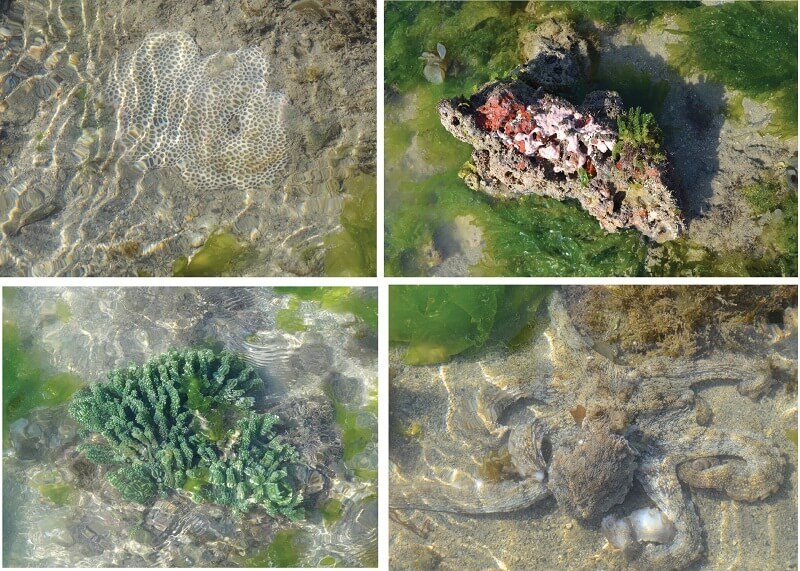
16. Dharmadam Island, Kannur (Kerala)
A small island just a stone’s throw away from the Dharamdan beach. It is covered by coconut trees and mangroves and is also known as the ‘Green Island’.
The island is surrounded by the Anjarakandy river on three sides and by the Arabian sea on the fourth. You can walk through the sea during low tide to reach this island.
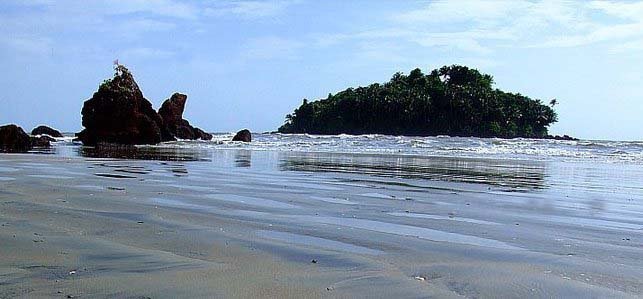
Getting there: You can take a boat from Moidu Bridge located along Kannur – Thalasseri highway and reach Dharmadam Island.
Best time to visit: October to May.
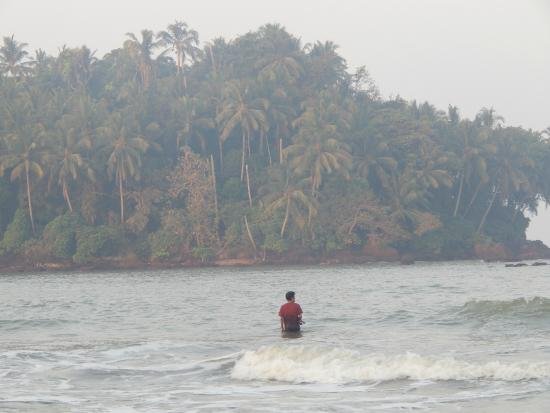
17. Nongkhnum River Island, Nongstoin (Meghalaya)
Located about 14 km from Nongstoin, Nongkhnum is the second largest river island in Asia.
The island is formed by the bifurcation of Kynshi river into the Phanliang and the Namliang river. At the point of divergence, there is a beautiful sandy beach and the Phanliang river also forms a beautiful lake adjacent to the beach.
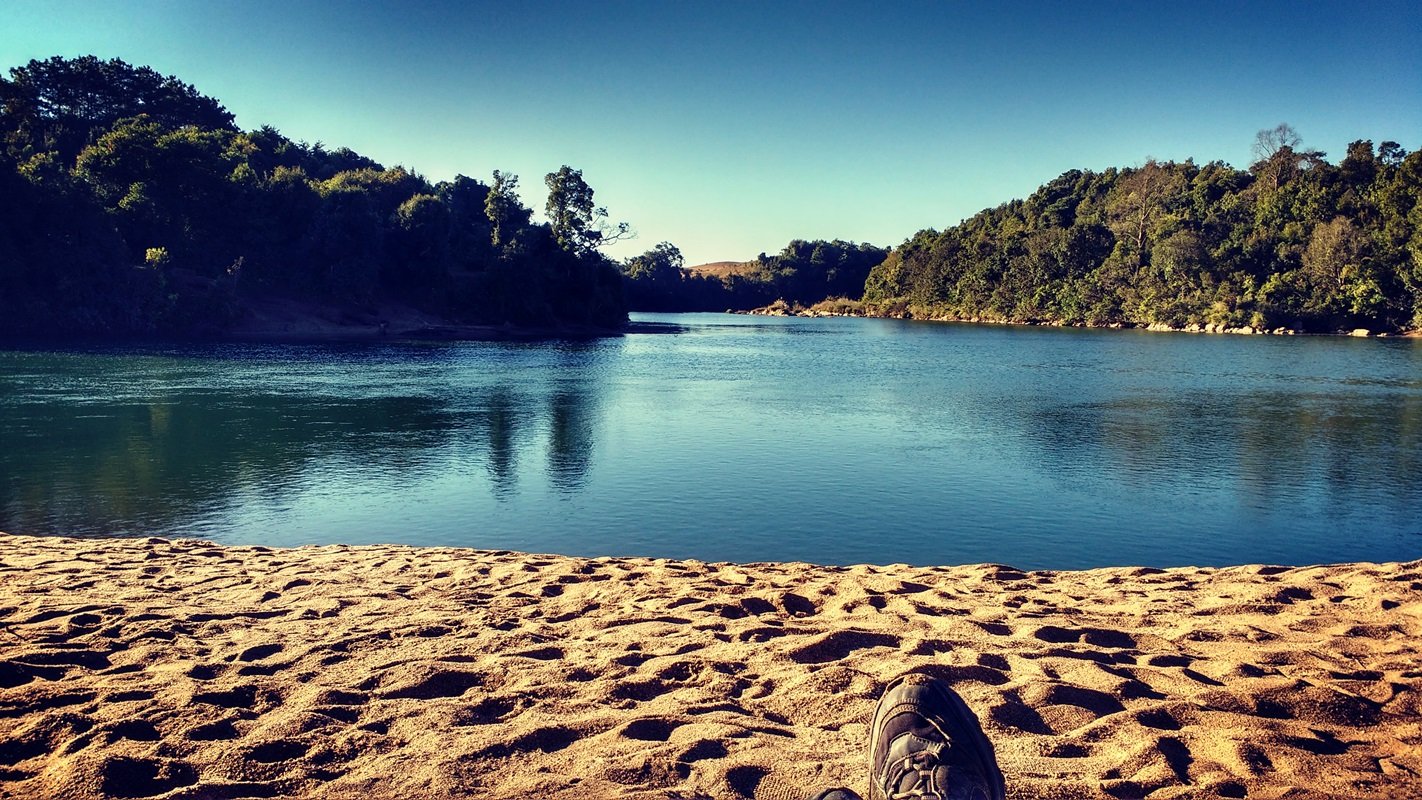
Getting there: You can reach Nongstoin through Guwahati. Trekking from Nongstoin through the villages of Lawse, Mawduh and Mawthar, it takes about two and a half-hours to reach the island.
Best time to visit: October to April
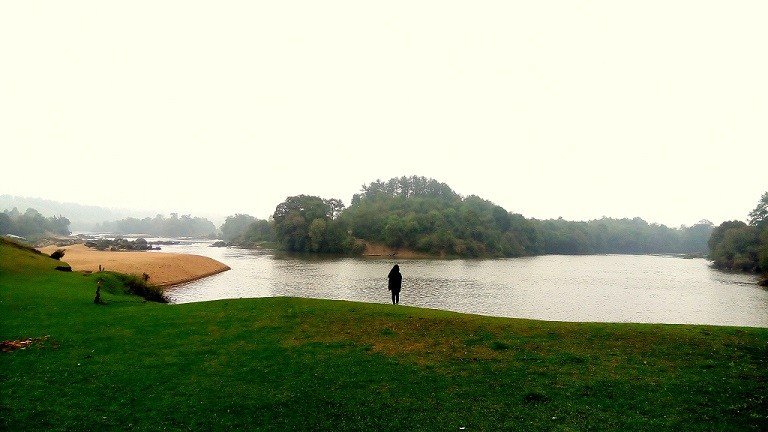
18. Tirthan Valley, Kullu (Himachal Pradesh)
Situated at an altitude of 1600 meters besides the Tirthan River in the Kullu district of Himachal Pradesh, the Tirthan Valley is a land of virgin and mystified beauty.
There comes a point in the valley when the Tirthan river encircles you from all sides.
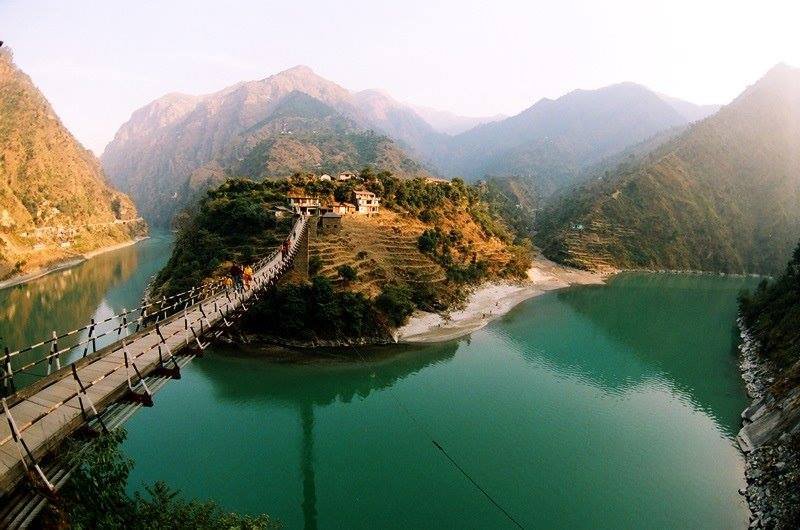
Getting there: The best way to reach Tirthan Valley is via the Kullu -Manali highway. It is a pleasant drive of 26 km from the turn at Aut.
Best time to visit: March to June and October to November
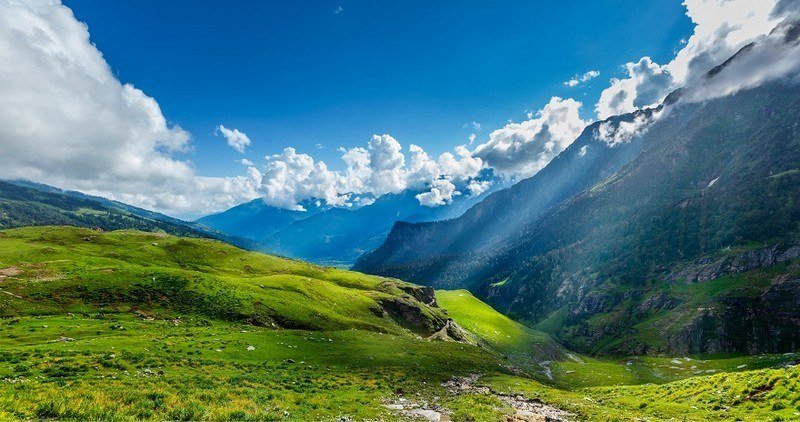
19. Savandurga (Karnataka)
Just 60 km from the city of Bangalore, is a great weekend getaway for people to go trekking, rock climbing or camping.
It is said to be the largest monolith in Asia. It looks like a massive stone from a distance and one can see the ruins of the Kempegowda fort atop the hill.
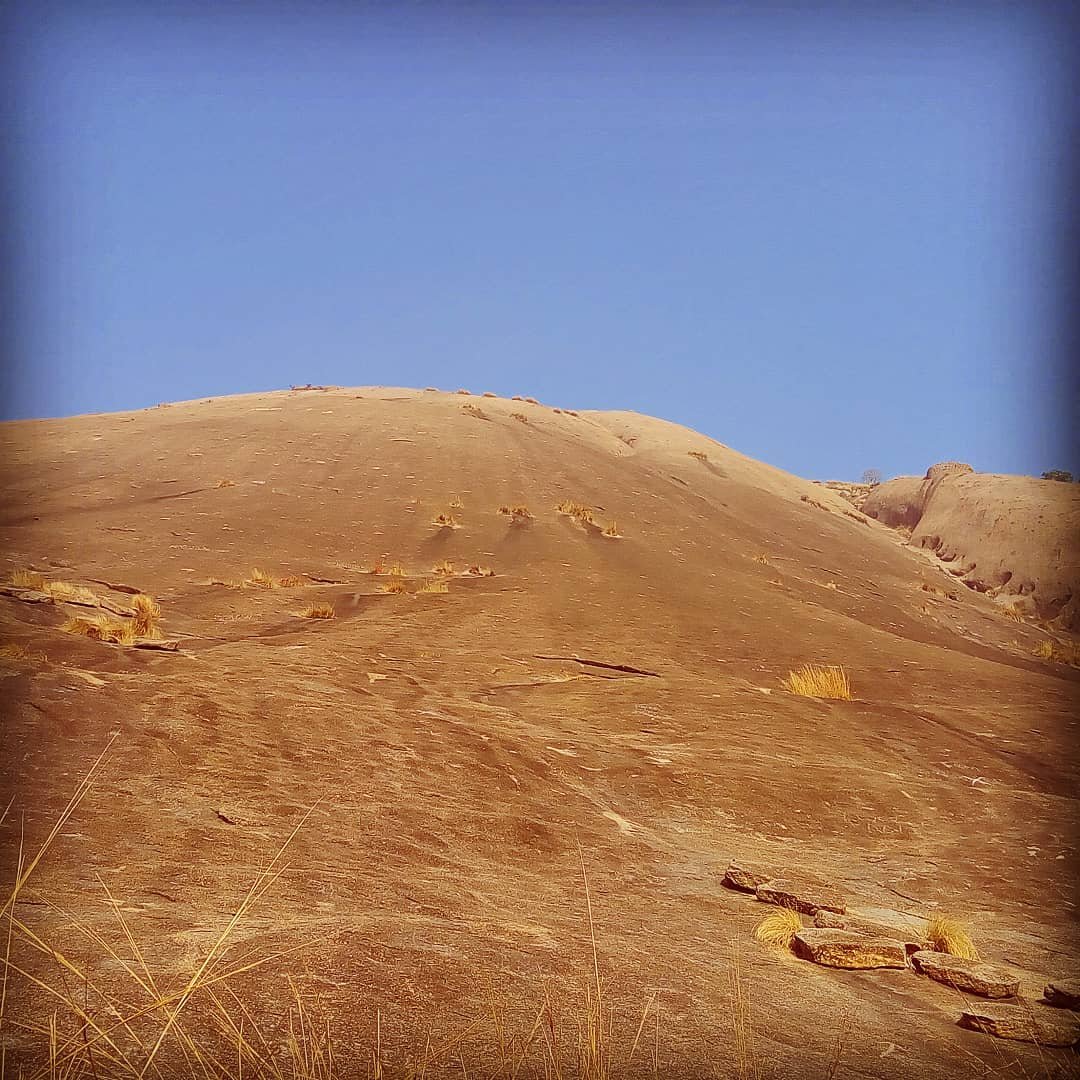
Getting there: Savandurga has no railway station of its own. The best possible route is to take a train up to Magadi from Bangalore and then trek your way up to the hill.
Best time to visit: Summer months are a good time to visit Savandurga as trekking becomes difficult in monsoon.
20. Bhedaghat, Jabalpur (Madhya Pradesh)
Set beside the river Narmada, around 25 km from Jabalpur, Bhedaghat offers serene boat rides down the Narmada River, between towering marble cliffs.
Bhedaghat has some unique Marble Rocks, a gorge formed by the erosion of the river Narmada cutting through rock and creating the Dhuandhar Falls.
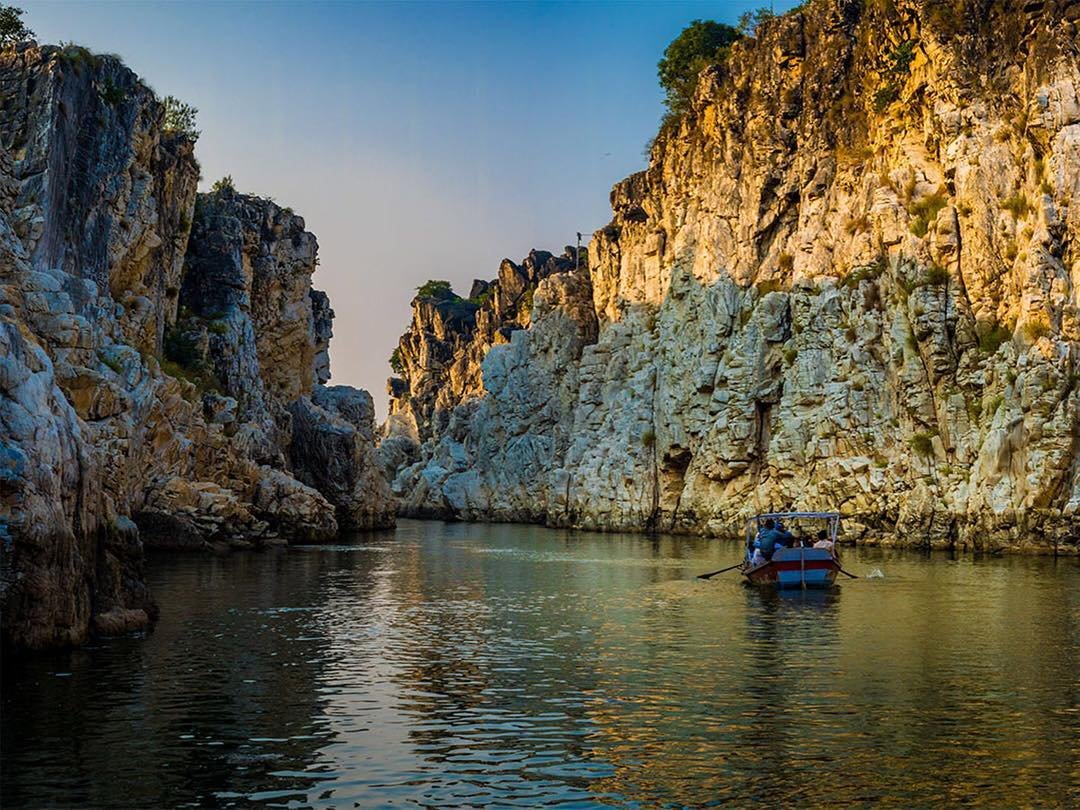
Getting there: Government buses and shared auto-rickshaws are available from Jabalpur to take you to Bhedaghat. You can also take a motorboat from the Panchvati Ghat (Rs. 30 per head) and its a 50 minutes ride along the river Narmada.
Best time to visit: March to June and October to January.
21. Shettihalli Church, Hassan (Karnataka)
The Shettihalli Rosary Church, also known as ‘floating church’, is located around 22 km from Hassan in Karnataka is one such structure that is in ruins, yet a wonderful piece of art that has stood the test of time.
Every year in the monsoons, the church retires to the submerged world and as the water level recedes it emerges in all its glory.
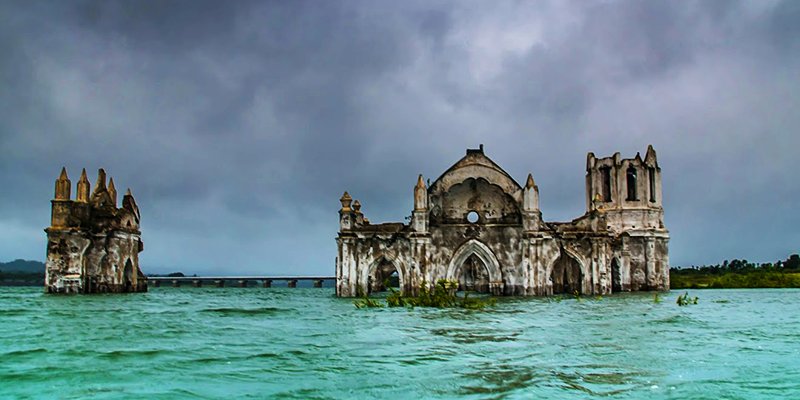
Getting there: You can reach the church by road from Shettihalli, except in monsoons when you’ll have to take a boat ride.
Best time to visit: Between July and November, church is largely submerged, not much is visible. In December to May season it will be out of water, you can drive right in front of the church.






